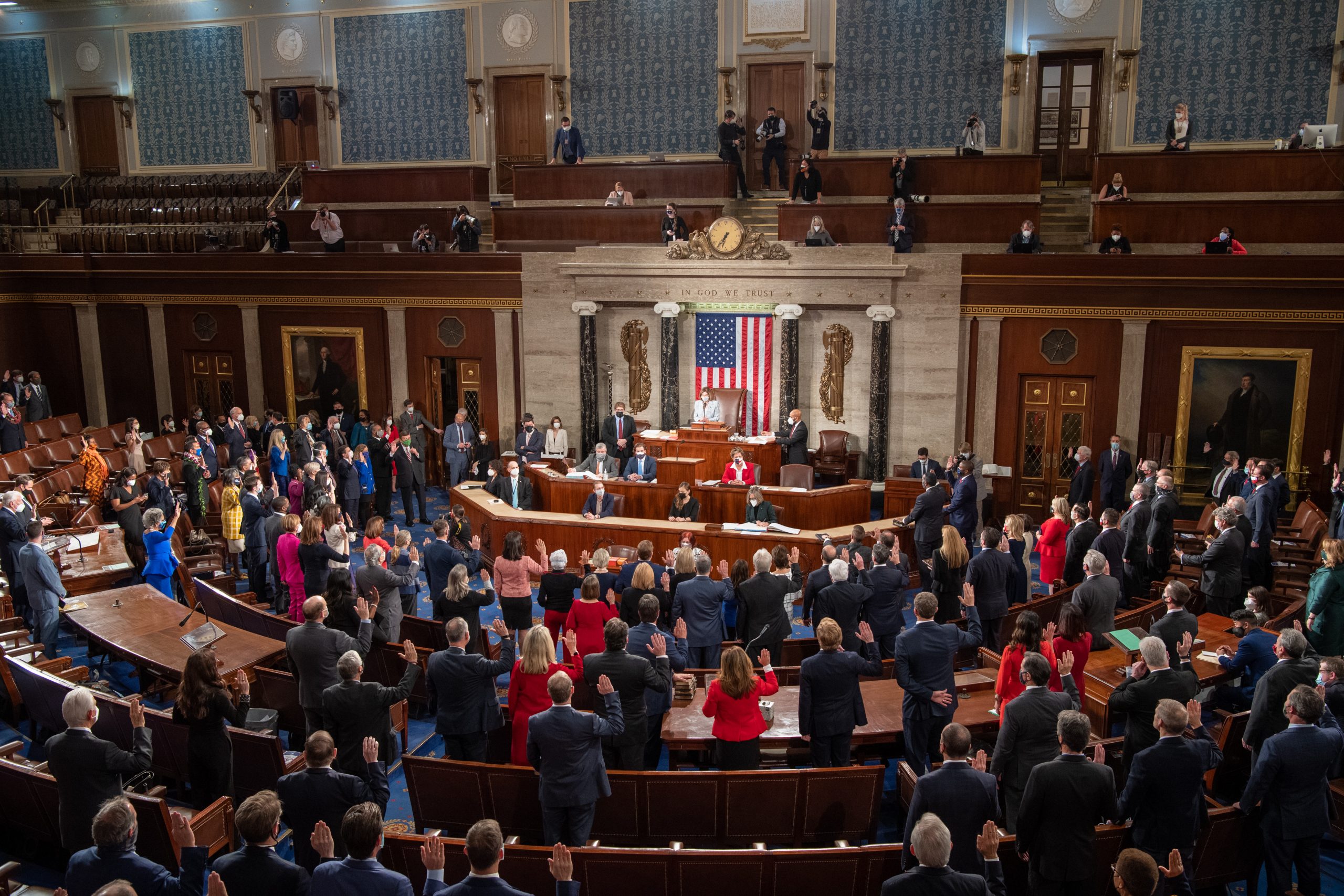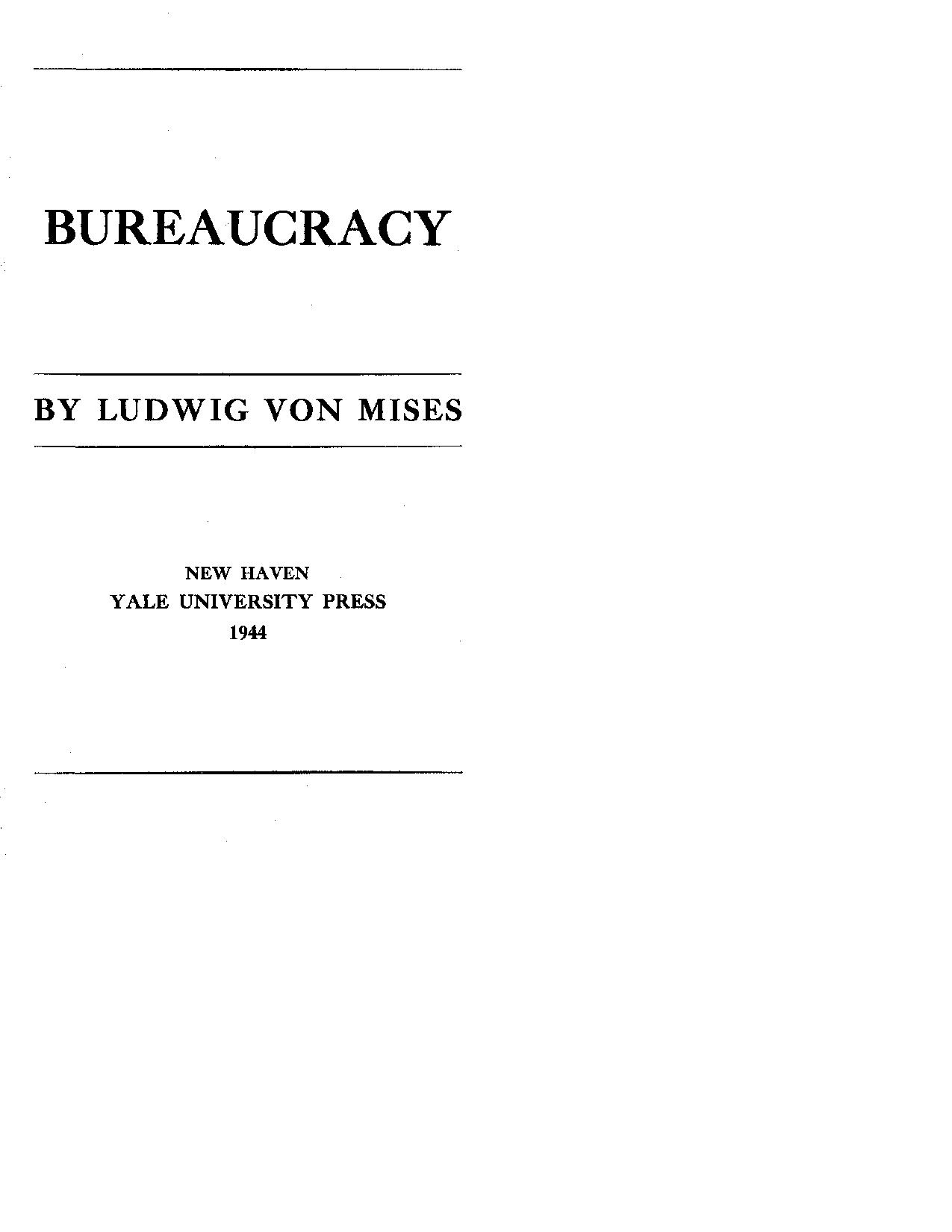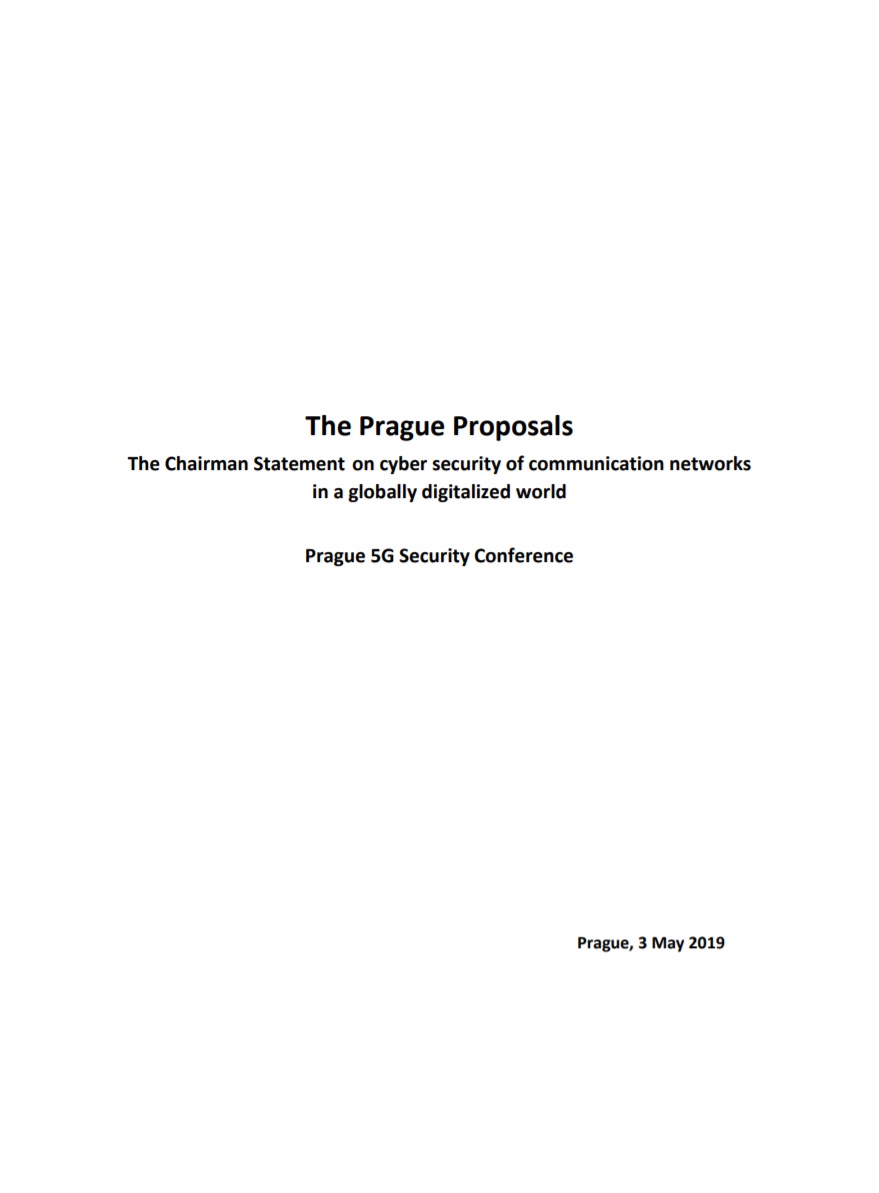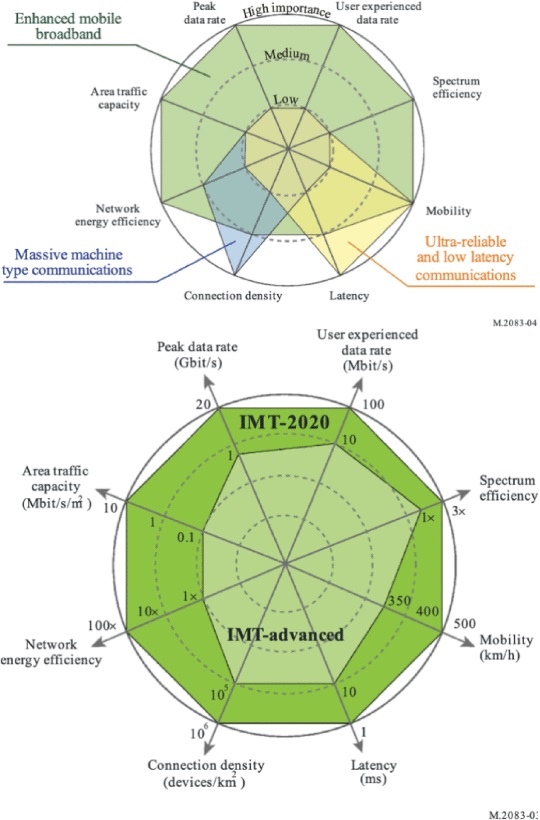S. 696 Connected Rural Schools Act
- Home Page 381

H.R.1418 Family Friendly Schools Act
Enormous fun giving a course on the economics of fertility at @ActonInstitute University today while my baby and mum were in the audience! pic.twitter.com/4RiaM3Lf8L
— Clara E. Piano (@clara_jace) June 27, 2024
S. 665 SCHOOL Act of 2021
This content is accessible to paid subscribers. To view it please enter your password below or send mike@standardsmichigan.com a request for subscription details.
5G is Real
Samer Henry – Ahmed Alsohaily – Elvino S. Sousa
Department of Electrical and Computer Engineering, University of Toronto
ABSTRACT. The 3rd Generation Partnership Project (3GPP) submitted the 5G New Radio (NR) system specifications to International Telecommunication Union (ITU) as a candidate fifth generation (5G) mobile communication system (formally denoted as IMT-2020 systems). As part of the submission, 3GPP provided a self-evaluation for the compliance of 5G NR systems with the ITU defined IMT-2020 performance requirements. This paper considers the defined 5G use case families, Ultra Reliable Low-Latency Communication (URLLC), massive Machine Type Communication (mMTC) and enhanced Mobile Broadband (eMBB), and provides an independent evaluation of the compliance of the 3GPP 5G NR self-evaluation simulations with the IMT-2020 performance requirements for connection density, reliability, and spectral efficiency for future mobile broadband and emerging IoT applications. Independent evaluation indeed shows the compliance of the 3GPP 5G NR system with the ITU IMT-2020 performance requirements for all parameters evaluated by simulations.
New update alert! The 2022 update to the Trademark Assignment Dataset is now available online. Find 1.29 million trademark assignments, involving 2.28 million unique trademark properties issued by the USPTO between March 1952 and January 2023: https://t.co/njrDAbSpwB pic.twitter.com/GkAXrHoQ9T
— USPTO (@uspto) July 13, 2023
Standards Michigan Group, LLC
2723 South State Street | Suite 150
Ann Arbor, MI 48104 USA
888-746-3670

















